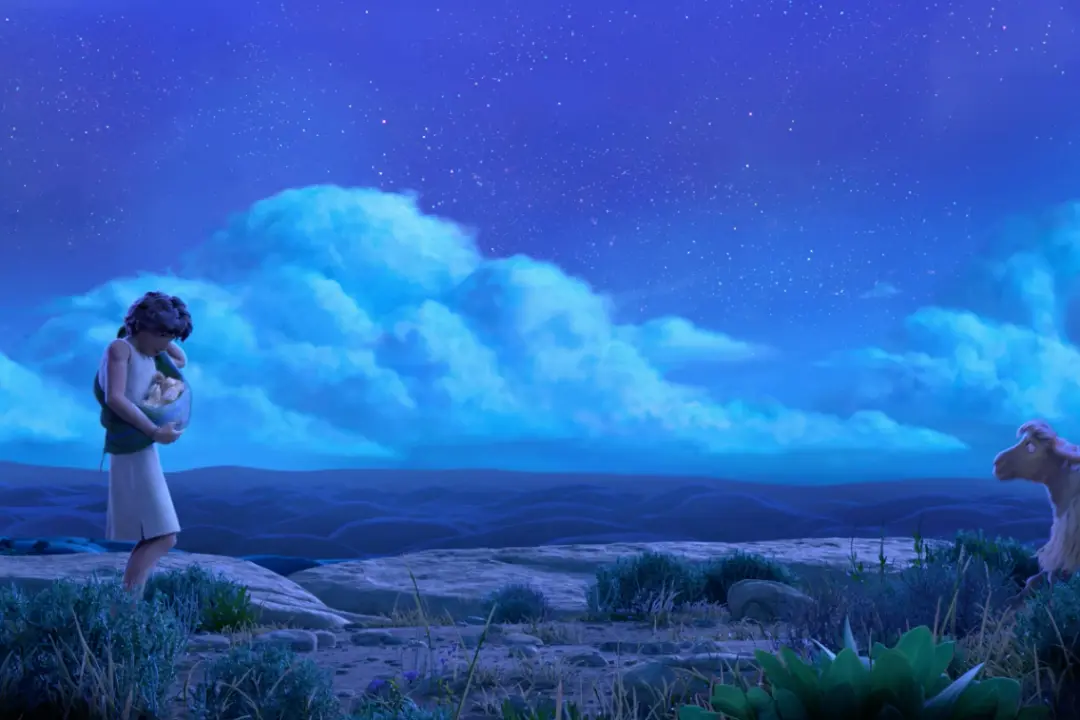G | 3h 32min | Drama, Epic | 1959
Imagine you’re a 23-year-old Jewish assistant director and production manager to 51-year-old director Fred Niblo. The year is 1925. You’re in Rome, shooting an MGM epic about a Jewish prince based on a screenplay by one of the most influential women in Hollywood at the time, June Mathis.




